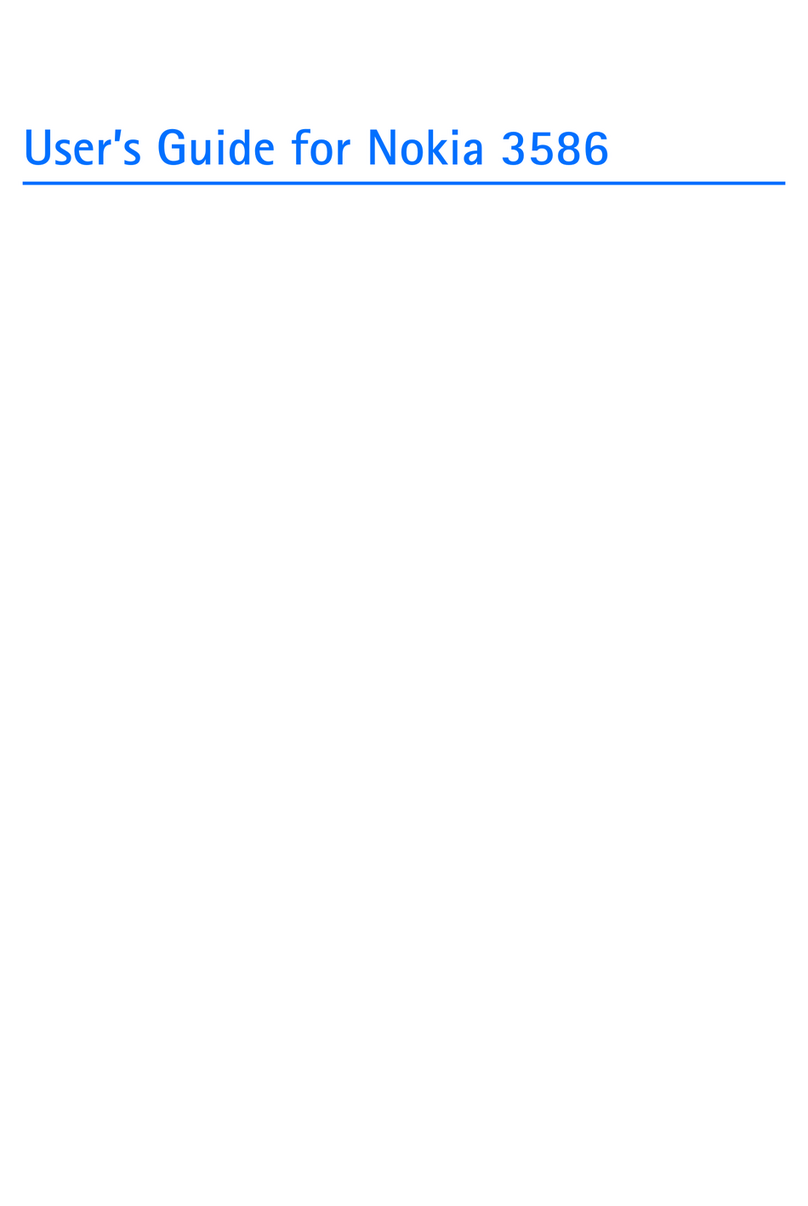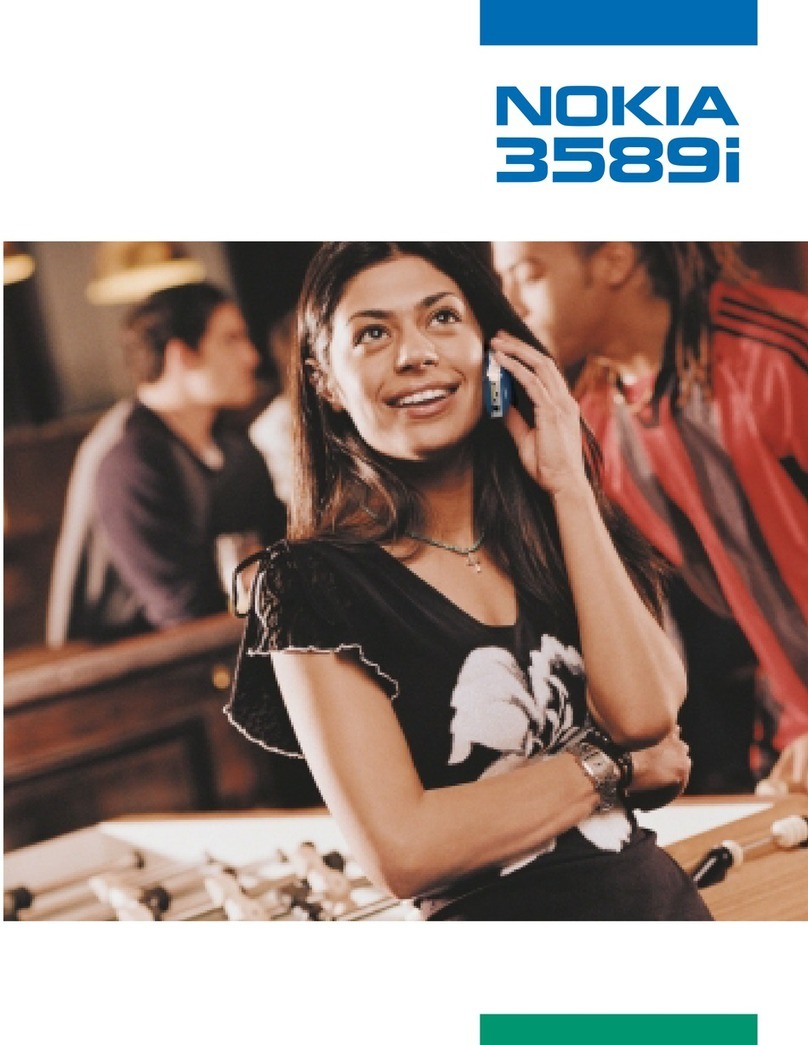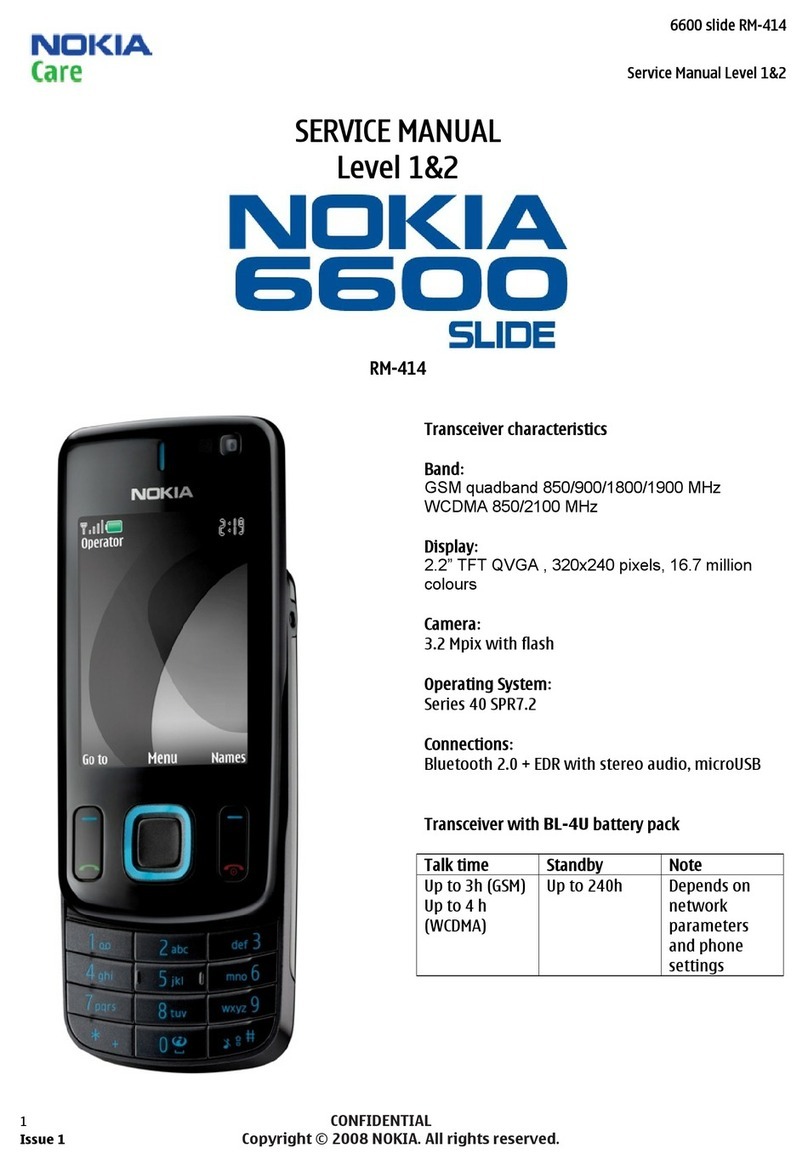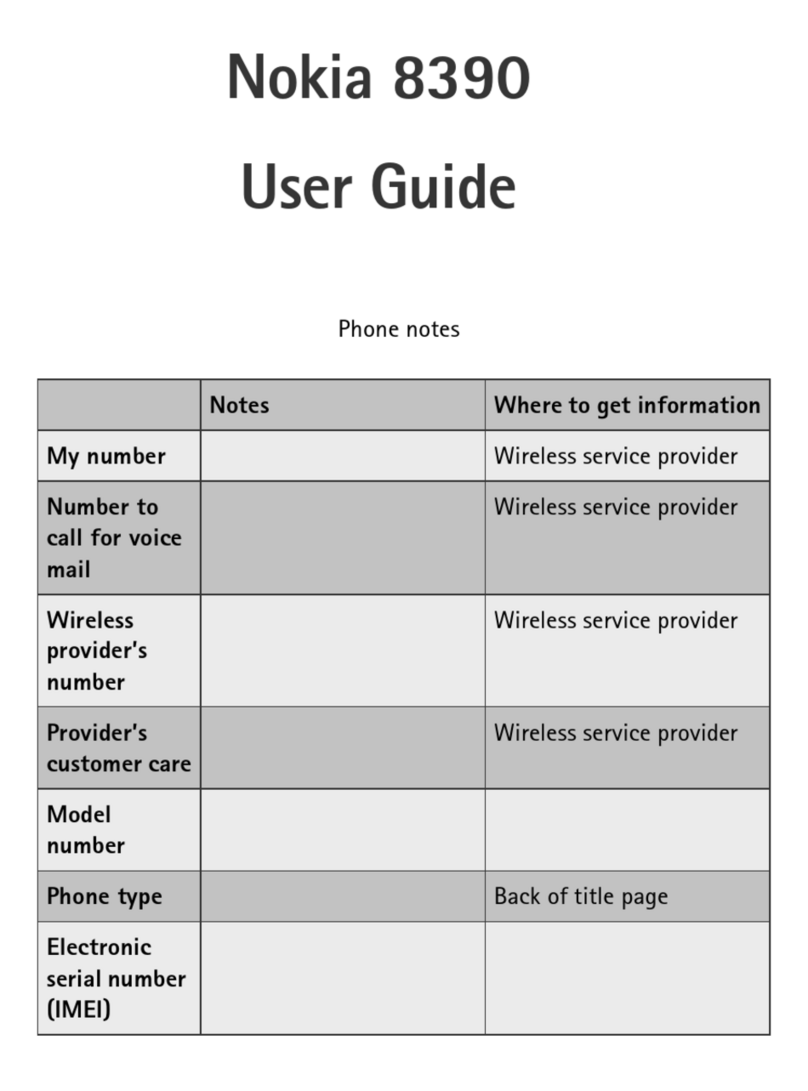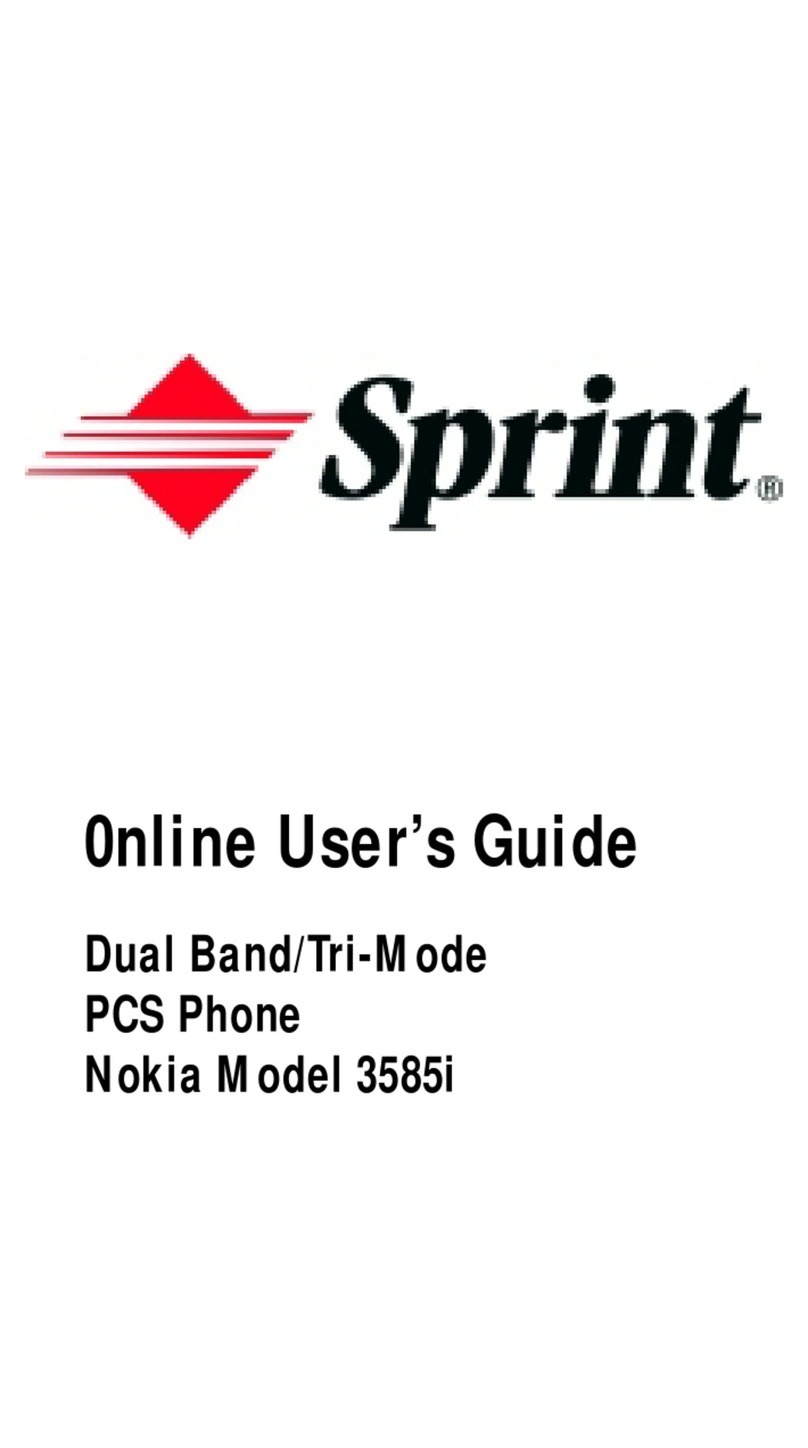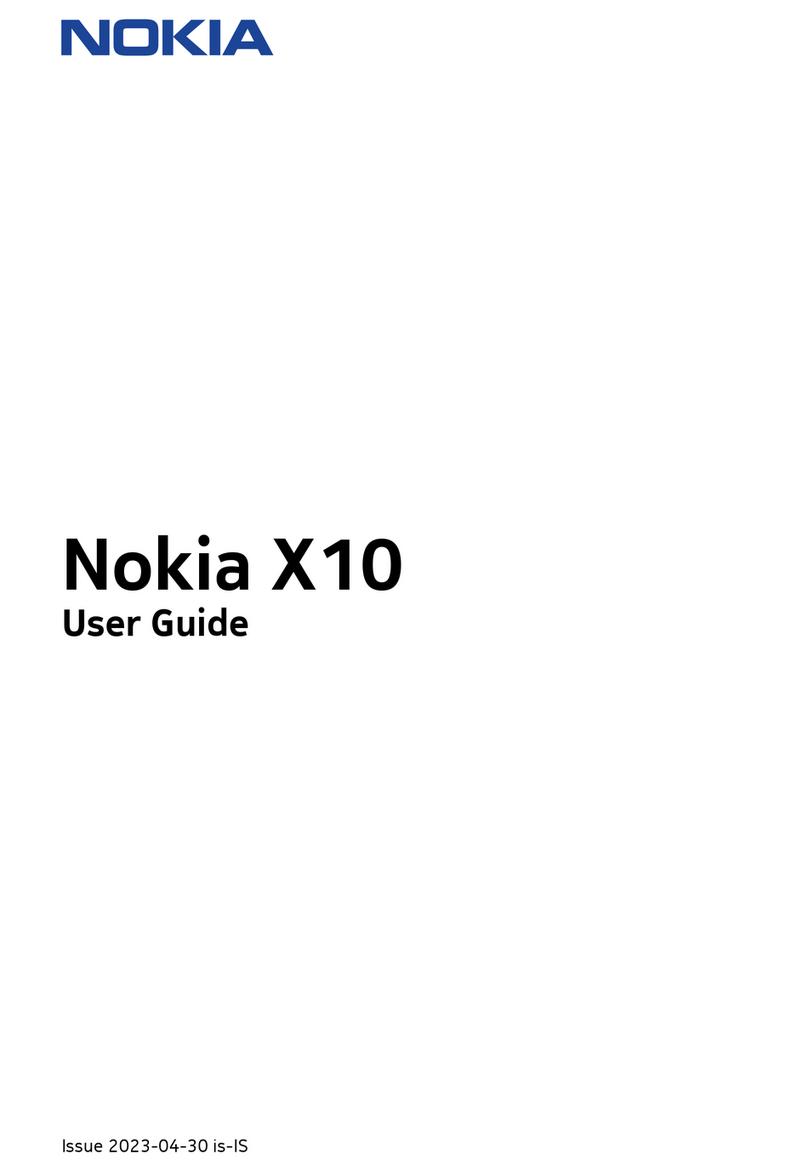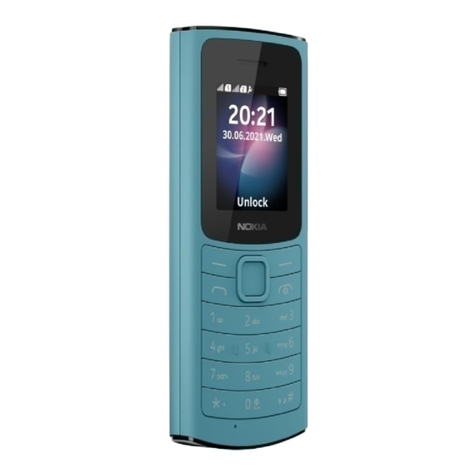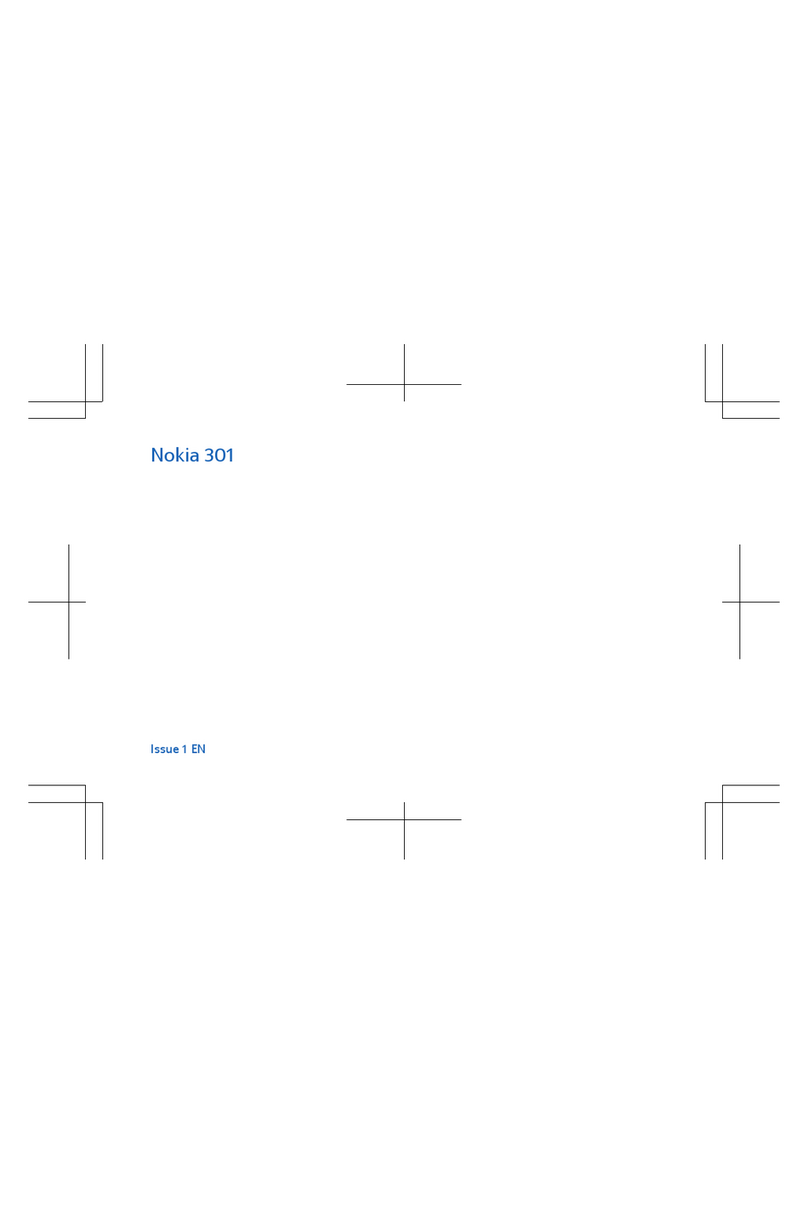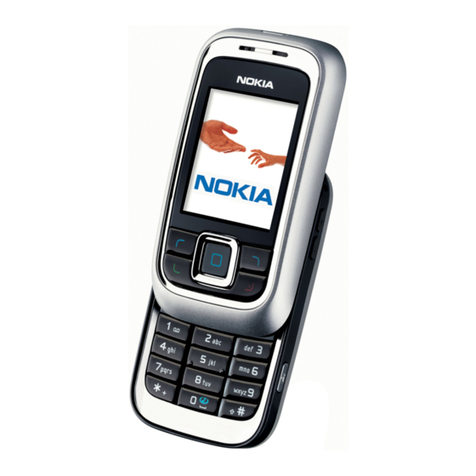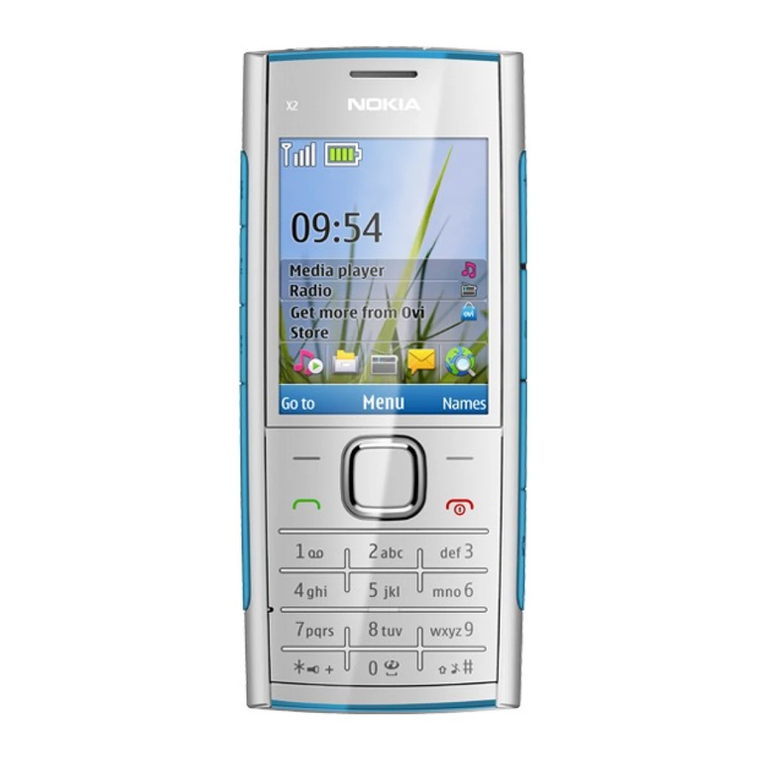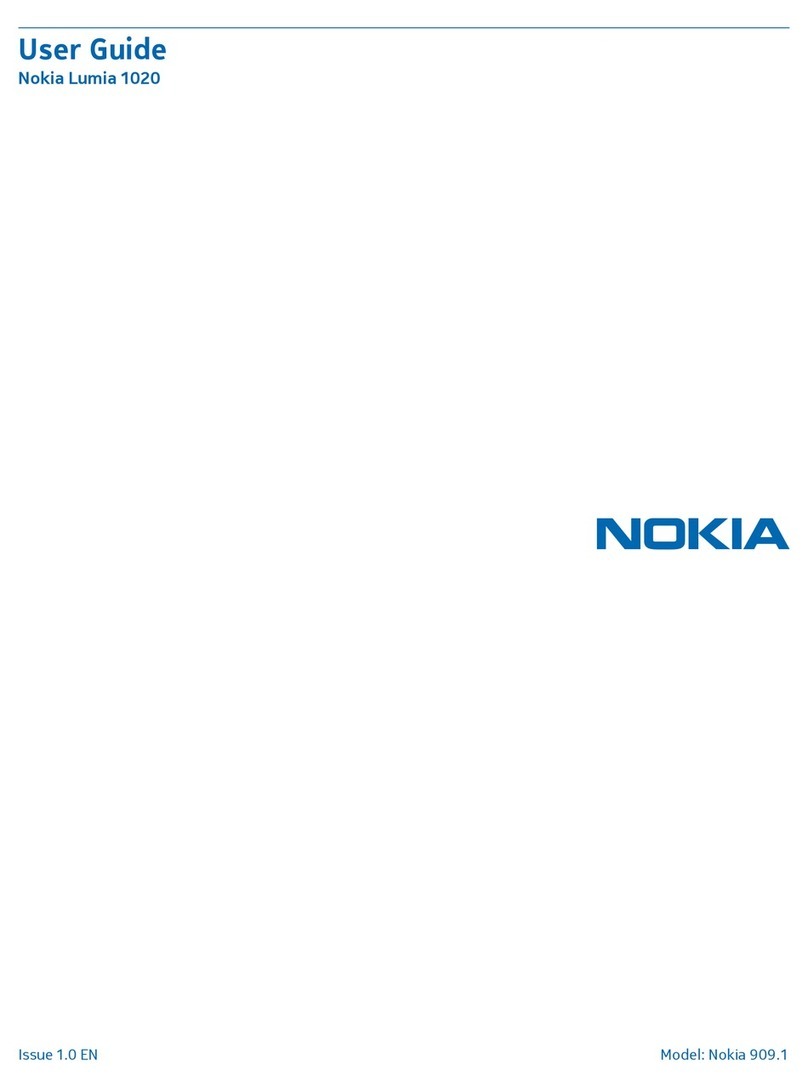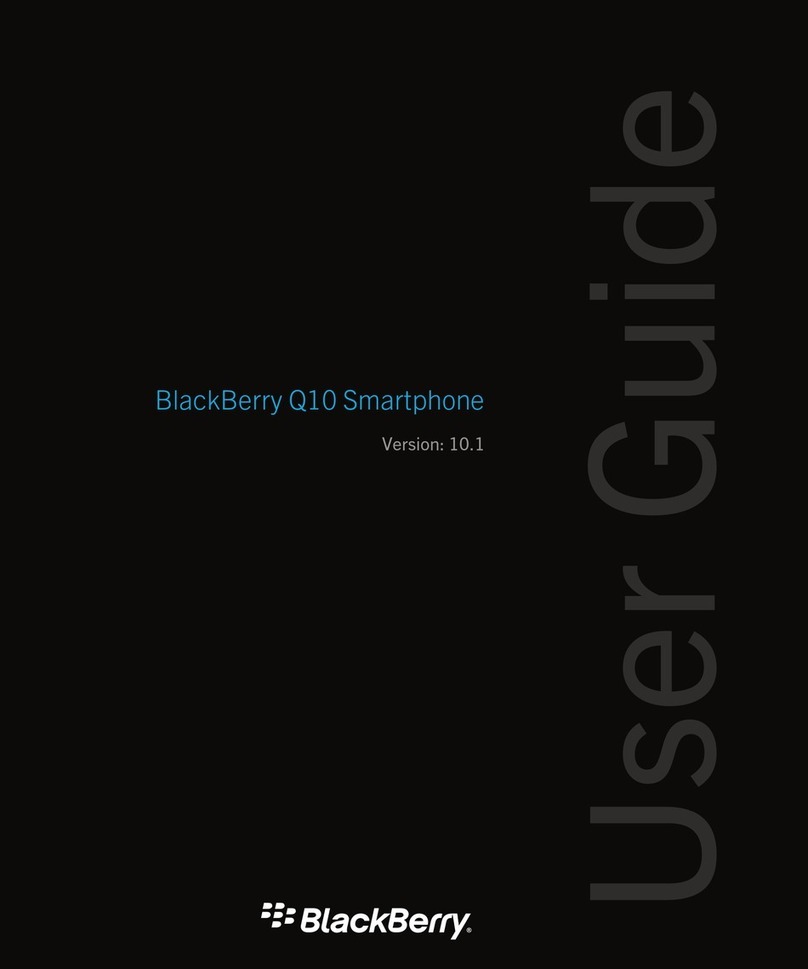
Searching for a contact ...................... 36
Deleting contacts.................................. 36
Editing or deleting details in the
contacts................................................... 36
My presence ........................................... 36
Subscribed names................................. 37
Copying contacts .................................. 38
Sending and receiving a business
card........................................................... 38
Voice dialling.......................................... 39
Other functions in the contacts ....... 40
Settings (Menu 4)............................ 40
Profiles ..................................................... 40
Tone settings.......................................... 41
Display settings ..................................... 41
Time and date settings........................ 41
Personal shortcuts................................ 41
Connectivity ........................................... 41
Call settings............................................ 43
Phone settings ....................................... 44
Chat and my presence settings......... 45
Enhancement settings......................... 45
Security settings ................................... 45
Restore factory settings...................... 46
Gallery (Menu 5) .............................. 46
Media (Menu 6)................................ 47
Camera..................................................... 48
Radio......................................................... 49
Voice recorder........................................ 49
Organiser (Menu 7) ......................... 50
Alarm clock............................................. 50
Calendar .................................................. 50
To-do list ................................................. 51
Notes ........................................................ 51
Synchronisation..................................... 52
Wallet....................................................... 53
Applications (Menu 8).................... 54
Games....................................................... 55
Collection................................................ 55
Extras........................................................ 56
Services (Menu 9)............................. 57
Basic steps for accessing and using
services..................................................... 58
Setting up the phone for a service .. 58
Making a connection to a service.... 58
Browsing the pages of a service....... 58
Disconnect from a service .................. 59
Appearance settings of the
browser .................................................... 60
Bookmarks............................................... 60
Downloading .......................................... 60
Service inbox.......................................... 60
The cache memory................................ 61
Cookies..................................................... 61
Browser security.................................... 61
SIM services (Menu 10).................. 63
7. Battery information................64
Charging and Discharging ............. 64
8. Genuine Enhancements ..........65
Power................................................... 65
Travel Charger (ACP-12) ..................... 65
Audio.................................................... 66
Fashion Stereo Headset (HS-3)......... 66
9. Care and Maintenance ..........67
10. Important Safety
Information ................................68
Index.............................................72
iv Copyright © 2004 Nokia. All rights reserved.

